The Possibility of Negative Interest Rates in the U.S.
Someone who reads the blog emailed me this question:
“What’s your general thoughts on negative interest rates? Do you just take that out of your consideration for US banks?
I have read about some interesting analysis from smart people that outlines their reasoning for a much lower interest rates going forward than the past, say, 50 years. Most include points like less capital needed ahead because of the lower capital of new tech companies and more savings from around the world with people living longer.
Do you have any thoughts here?”
Yes. I do just take negative interest rates out of consideration when analyzing U.S. banks. I wrote reports on Prosperity (PB), Frost (CFR), Bank of Hawaii (BOH), Commerce (CBSH), and BOK Financial (BOKF). I can’t remember discussing negative interest rates in any of those reports. And they weren’t brief reports. I did discuss a lot of scenarios – like interest rates staying lower longer than I expected. But negative interest rates weren’t discussed.
I think talk of negative interest rates is the result of years and years of low interest rates. People talk a lot about the long-term average price of a barrel of oil, a house, etc. in the early stages of a bubble. Later, when prices have been out of whack for years and years they stop listening to the people who say you’re going to see mean reversion. Instead, they believe the now is normal. When the now is new – people know it’s abnormal. But once the now – in this case, rates near zero – goes on long enough, the recent past erodes their memory of the distant (like 70 years ago) past.
It’s natural for people to project the recent past into the future. Rates are low now. But they were low just after World War Two as well. Look at long-term corporate bond rates in 1946. They were low. Very short-term government bond yields (and the Fed Funds Rate) have been lower in the past few years than at just about any time in the past. But, I’m not sure the things that would matter more to an investor – things like the long-term corporate bond yield – are lower now than they were 70 years ago. And, of course, in between you had some very high yields. A long time ago, I wrote a series of posts about normalized P/E ratios. These are like the Shiller P/E ratio. I looked at normalization over periods longer than the 10 years he focused on. But, I don’t think the result is that different whether you are using a 10-year average, 15-year average, or 30-year average of past earnings. What I found is that the stock market – in normalized P/E terms – tended to get more expensive for about 17 years and then tended to get cheaper for about 17 years. For example, the market (I used the Dow) reached a peak normalized P/E ratio in 1965, it hit the bottom …
Read more